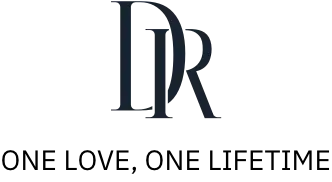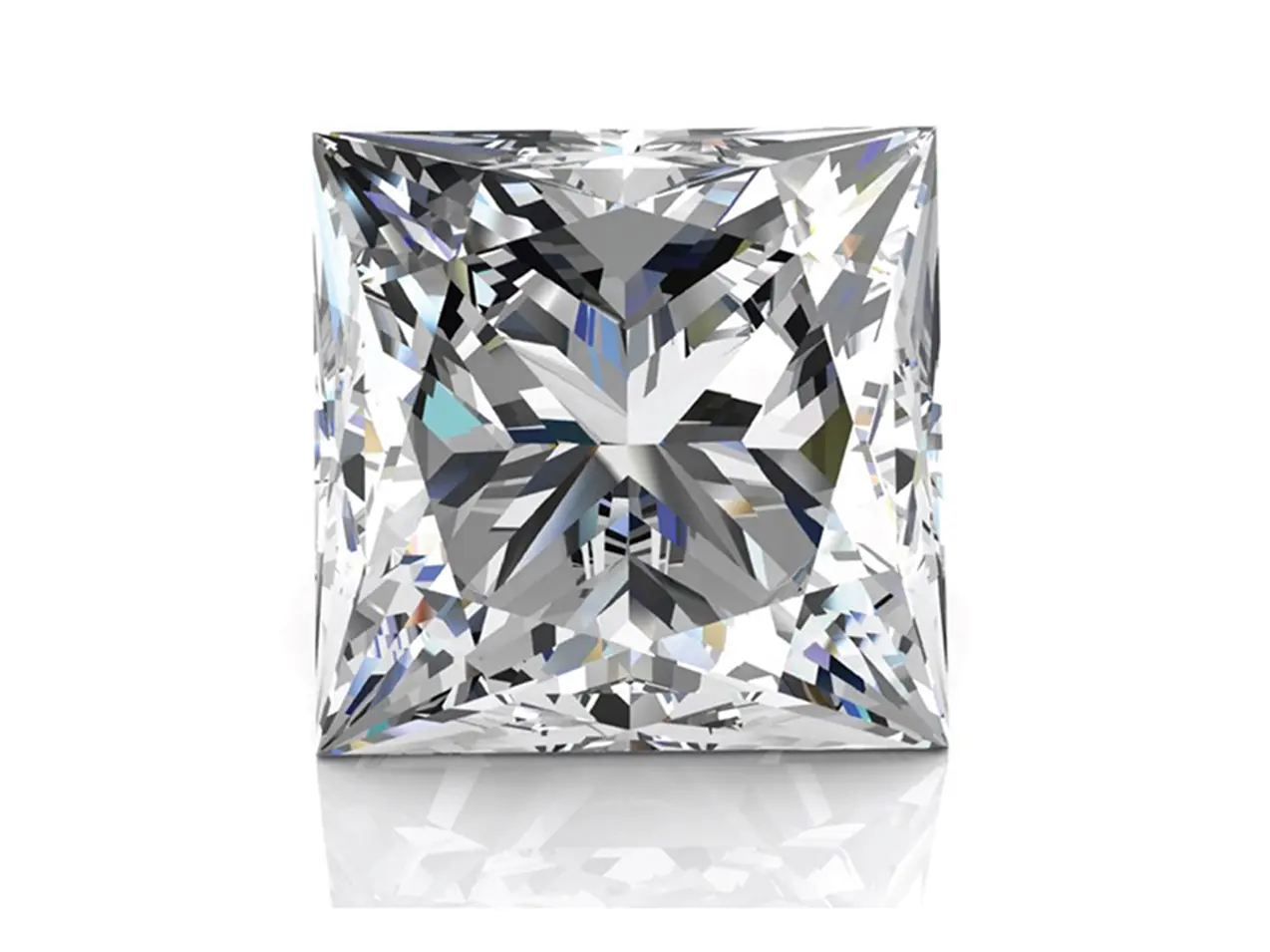Cushion Cut vs Princess Cut, What is the Difference?
Sep 27, 2023
When selecting a diamond, the shape often catches your eye first. Cushion cut and princess cut, as two popular choices, each has its own unique charm. However, they also differ in appearance, style, price, and more. So, which cut is better suited for you? Darry Ring will guide you through a comparison of Cushion Cut vs Princess Cut, helping you understand their differences and make a wise choice that matches your personal style and taste. Let's dive in!
What is a Cushion Cut Diamond?
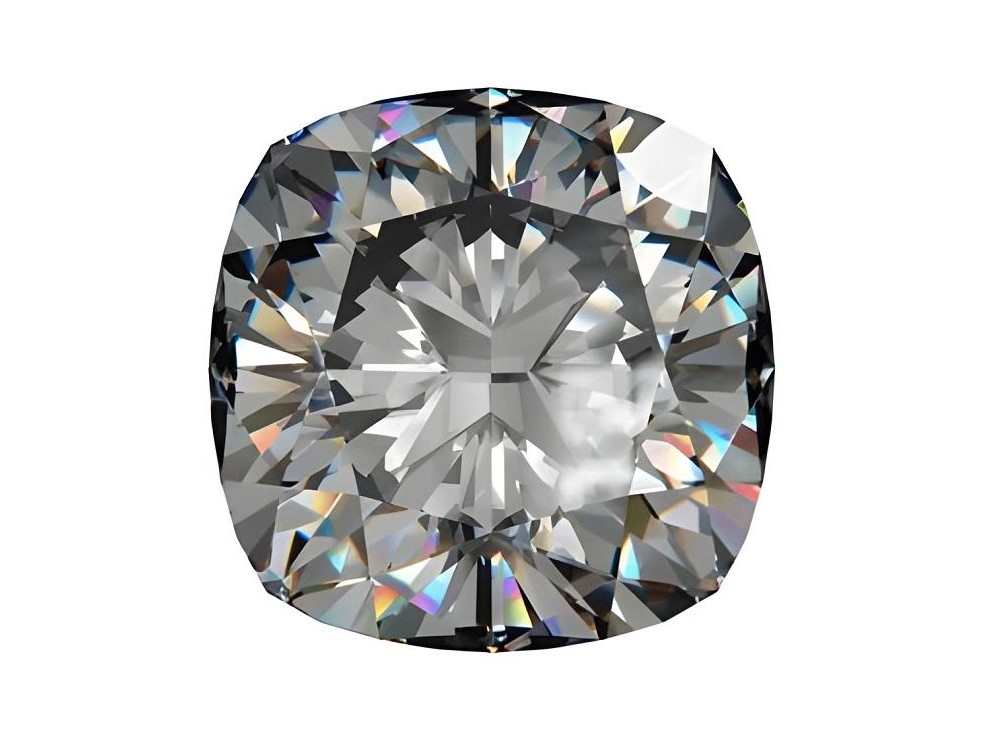
The cushion cut diamond, soft corners and larger facets, is a classic and popular diamond shape. With the curves of a round cut with the outline of a rectangle, it looks like a cushion, hence the name.
The classic cushion cut has a rich history spanning nearly 200 years, first known as the old mine cut in the 1700s. In the early 20th century, it was the most popular diamond shape. The old mine cut was essentially the same as today's cushion cut, a square cut with rounded corners and 58 facets, but the old mine cut was mostly cut by hand with the help of machinery.
As diamond cutting techniques, tools and knowledge advanced, so did the quality and style of diamond cuts. Modern cushion cut diamonds generally have three distinct pavilion patterns. The first features four kite-shaped facets between the girdle, pavilion, and culet. The second has eight kite-shaped facets. The third, known as a modified cushion cut by GIA, includes an extra row of facets on the pavilion. It produces a beautiful "crushed ice" effect that gives the diamond a more intense and distinctive fire.
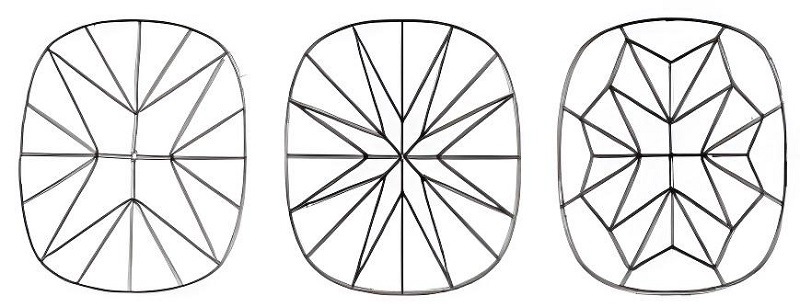
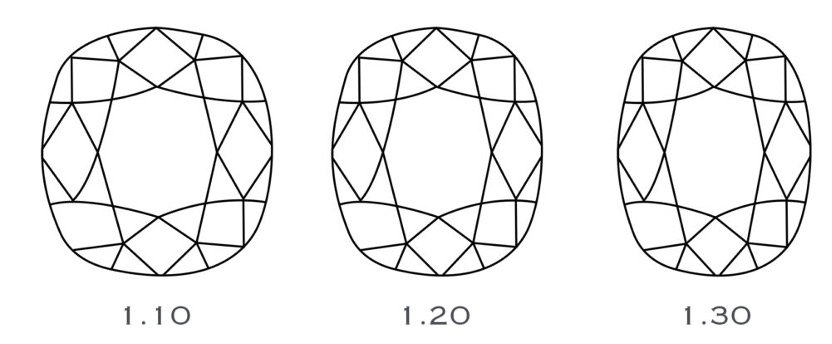
The classic cushion-cut diamond is square, with an optimal length ratio between 1.00 and 1.03. However, they are also often found in slightly rectangular shapes. For slightly rectangular cushion cuts, a ratio of 1.15-1.20 is optimal. And a ratio of 1.30 will give an elegant elongated effect.
Pros and Cons of Cushion Cut Diamond
Check the pros and cons below to help you gain a more comprehensive grasp of the cushion cut in the cushion cut vs princess cut comparison:
Pros:
● Large top, making the visual appearance biger.
● Soft, elegant shape that complements vintage styles.
● Multi-layered cutting technique that helps conceal inclusions.
● Relatively lower price for the same carat weight.
Cons:
● The color retention is relatively poor.
● It may not be as sparkling as princess cut.
● The square design may make the fingers appear shorter.
What is a Princess Cut Diamond?
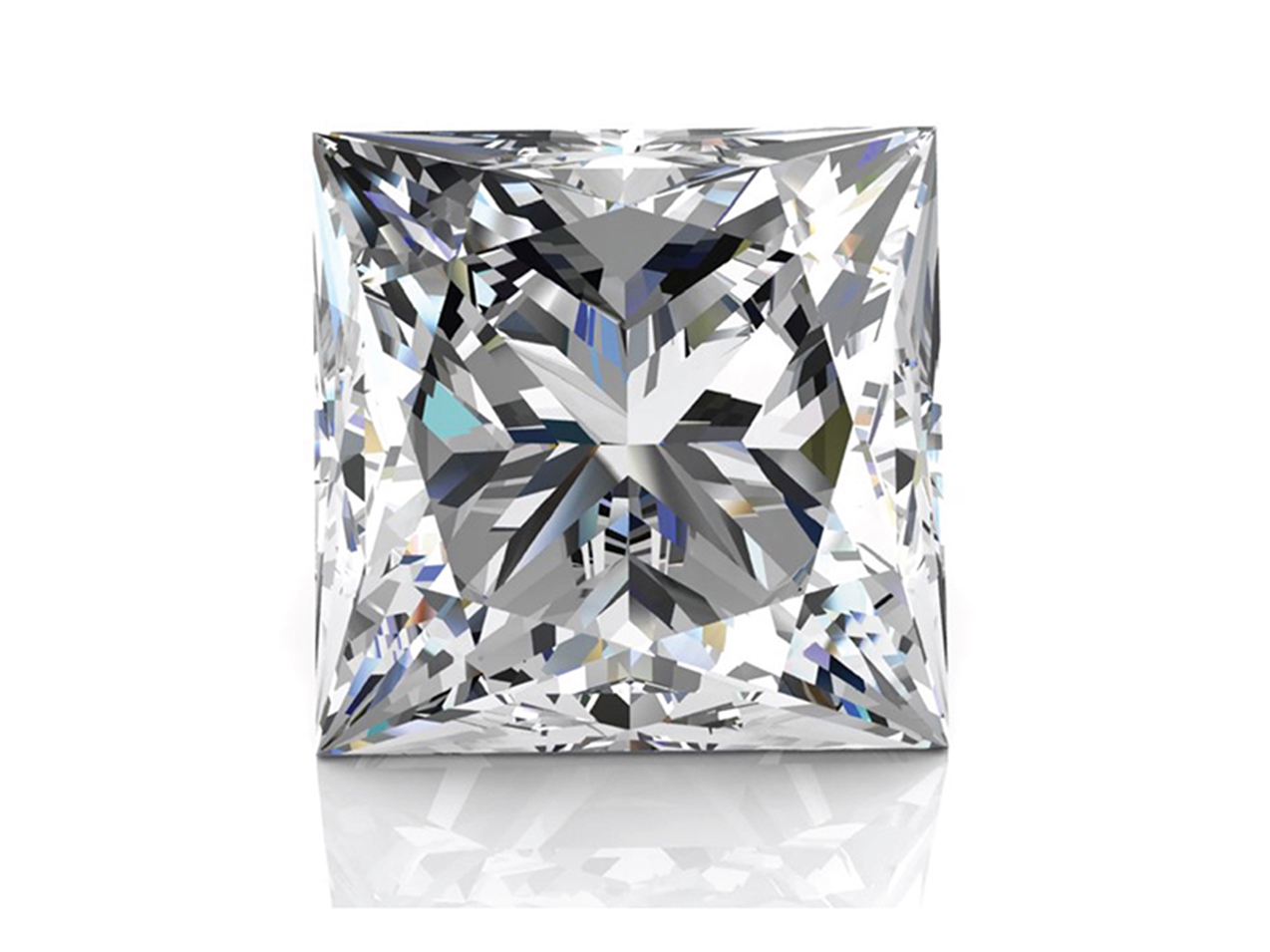
A princess cut diamond is a square cut diamond with well-defined geometric lines. It is the most popular diamond shape after the round brilliant. Seen from above, this fancy cut diamond is square or rectangular in shape with an "X" geometry, and from the side it resembles an inverted pyramid with four beveled sides.
The diamond's name is closely related to princess cut. The princess cut, also known as the square-modified brilliant cut, originated in the 1960s. As a relatively new diamond shape, it evolved through several variations, including the Barion cut and the Quadrillion cut, which were the predecessors of the modern princess cut. In the 1980s, Betazel Ambar, Ygal Perlman, and Israel Itzkowitz innovated by building upon previous designs, developing the now well-known princess cut and diamond for engagement rings.
To the naked eye, a princess cut diamond appears as a square, with an optimal length-to-width ratio typically between 1.00 and 1.05. When the ratio falls between 1.06 and 1.12, the diamond takes on a slightly rectangular shape. The square form of the princess cut allows it to retain about 60% or more of the rough diamond, resulting in less material loss and lower prices.
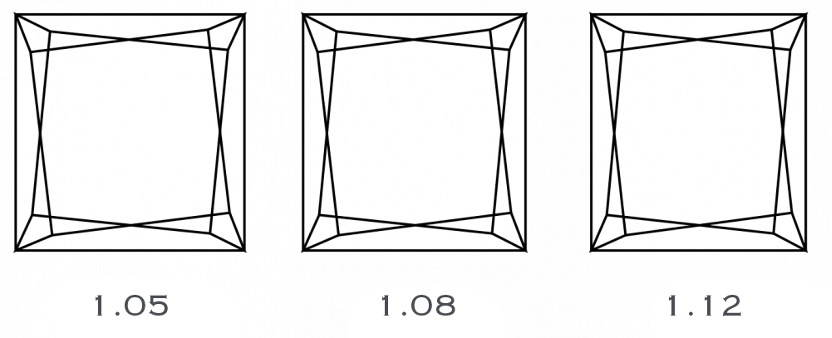
Pros and Cons of Princess Cut Diamond
Check the pros and cons below to help you gain a more comprehensive grasp of the princess cut in the cushion cut vs princess cut comparison:
Pros:
● Stronger fire and brilliance.
● Geometric lines that better align with modern aesthetics.
● Better value due to the abundance of rough stones.
● Suitable for various setting designs.
Cons:
● Sharp corners are fragile and prone to damage.
● Repairing damage can be costly.
Cushion Cut vs Princess Cut: 5 Key Differences
The cushion cut and princess cut have fundamentally different origins and diamond appearances. However, the comparison of cushion cut vs princess cut goes beyond that, as they also differ in terms of brilliance, style, durability, and price. Here's a breakdown:
Brilliance and Fire
Both the cushion and princess cut are renowned for their impressive sparkle and fire. However, cushion cut diamonds — particularly vintage cushion cuts — reflect light in a softer, more subtle manner. In contrast, princess cut diamonds tend to exhibit a sharper and more intense brilliance, thanks to their numerous small V-shaped facets, which enhance light reflection and create a crisp, dazzling effe
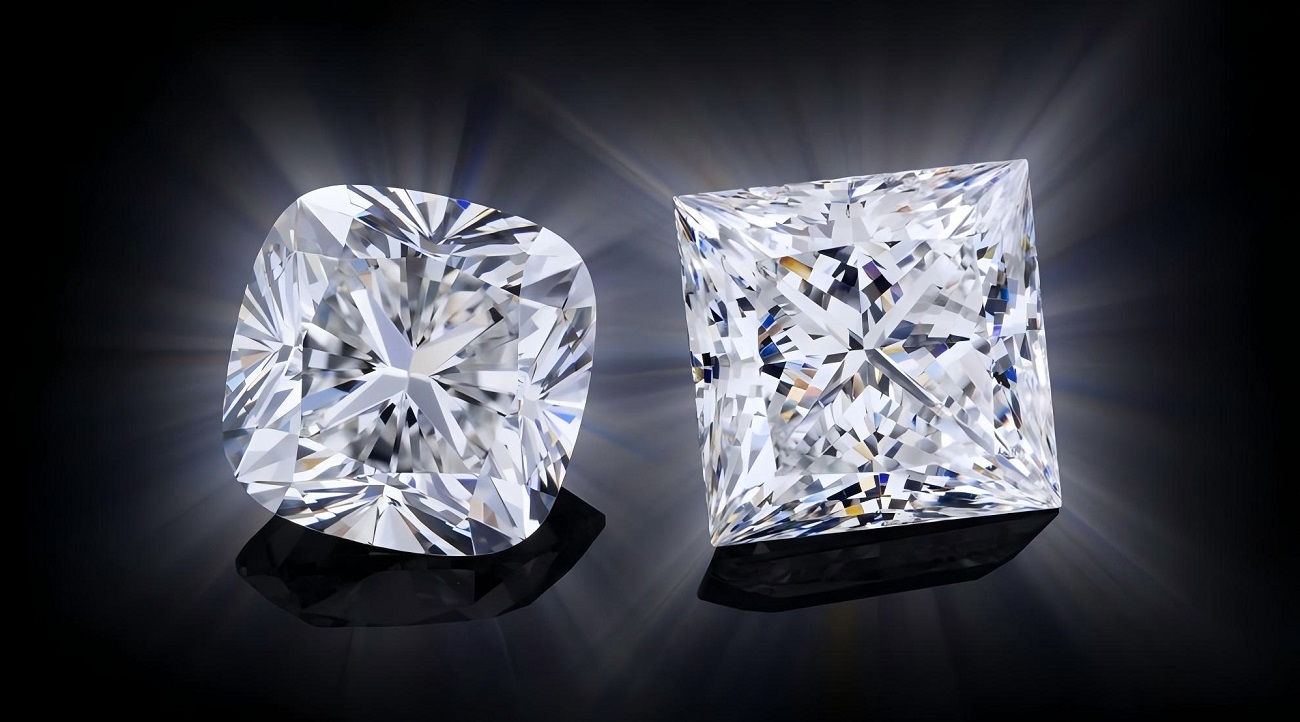
Ring Style
Cushion cuts give diamonds soft corners and a pillow-like shape, often paired with halo and pave settings to showcase a vintage style and highlight their delicate, feminine qualities. However, when comparing cushion vs princess cut diamond, you will find the princess cut engagement rings are often favored for modern and stylish ring designs, such as prong settings and bezel settings, which can highlight the cut's geometric beauty and brilliance.
Durability
Durability is also a major difference between cushion cut and princess cut diamonds. Since cushion cut diamonds have fewer sharp corners, they are less susceptible to breakage from impacts. In contrast, princess cut diamonds have four right angles, which can be more prone to chipping when struck. This is why princess cut engagement rings often feature prong settings.
Price
The two cuts are affordable options. But when it comes to comparing cushion cut vs princess cut, the latter will be inexpensive. On average, the price of a 1 carat princess square cut diamond is 10% less than a 1 carat round brilliant cut diamond. This is because the shape of the rough diamond is already an octahedron, so it only requires minimal processing to form the initial pyramid shape of the princess cut. This means that the princess cut requires less labor or machine costs.
Final Decision: Cushion Cut vs. Princess Cut
The cushion cut diamond exudes a vintage charm, with its elegant shape evoking a sense of past grandeur. Princess cut diamonds, on the other hand, boast sharp lines and brilliant sparkle that combine modernity and fashion. Both cuts offer unique aesthetic advantages, but also come with the practical drawbacks mentioned earlier. When comparing cushion cut vs princess cut and deciding which is better, it ultimately depends on your needs, budget, and preferences. Only by finding the right balance can you make the better choice for yourself.
Related Articles
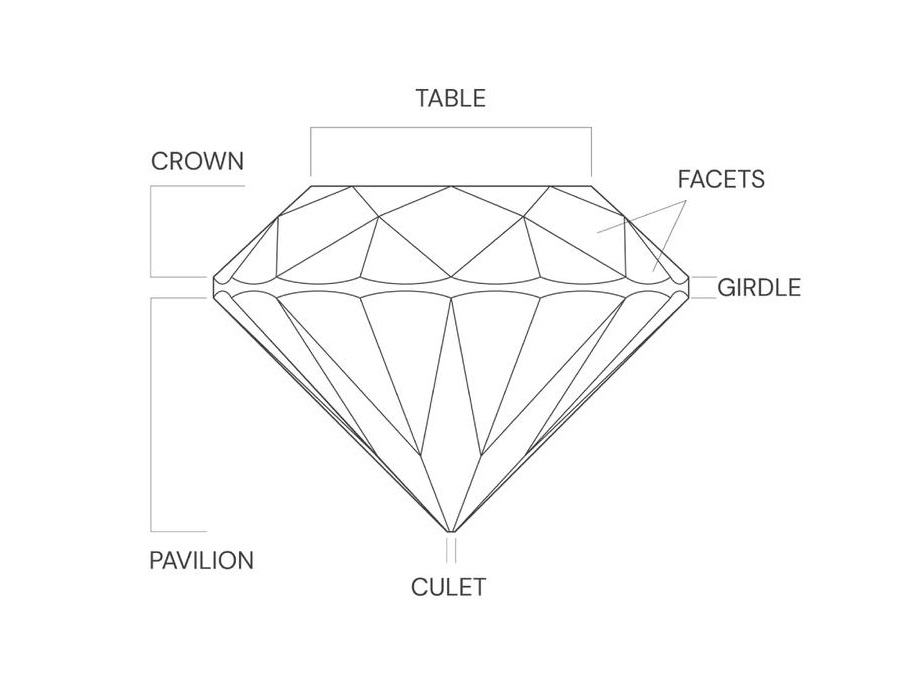
What is A Diamond Cut?
 9347 / Sep 26, 2023
9347 / Sep 26, 2023Diamond cut isn't diamond shape, but the polish and symmetry, table and depth percentage of diamonds to assess quality. Click for top 5 DR engagement ring cuts.
Learn More >
Princess Cut Engagement Rings: The Ultimate Guide
 9134 / Sep 27, 2023
9134 / Sep 27, 2023Princess cut engagement ring is popular due to its distinctive angles, lines and modern geometric silhouette. Click for a complete guide to princess cut rings.
Learn More >
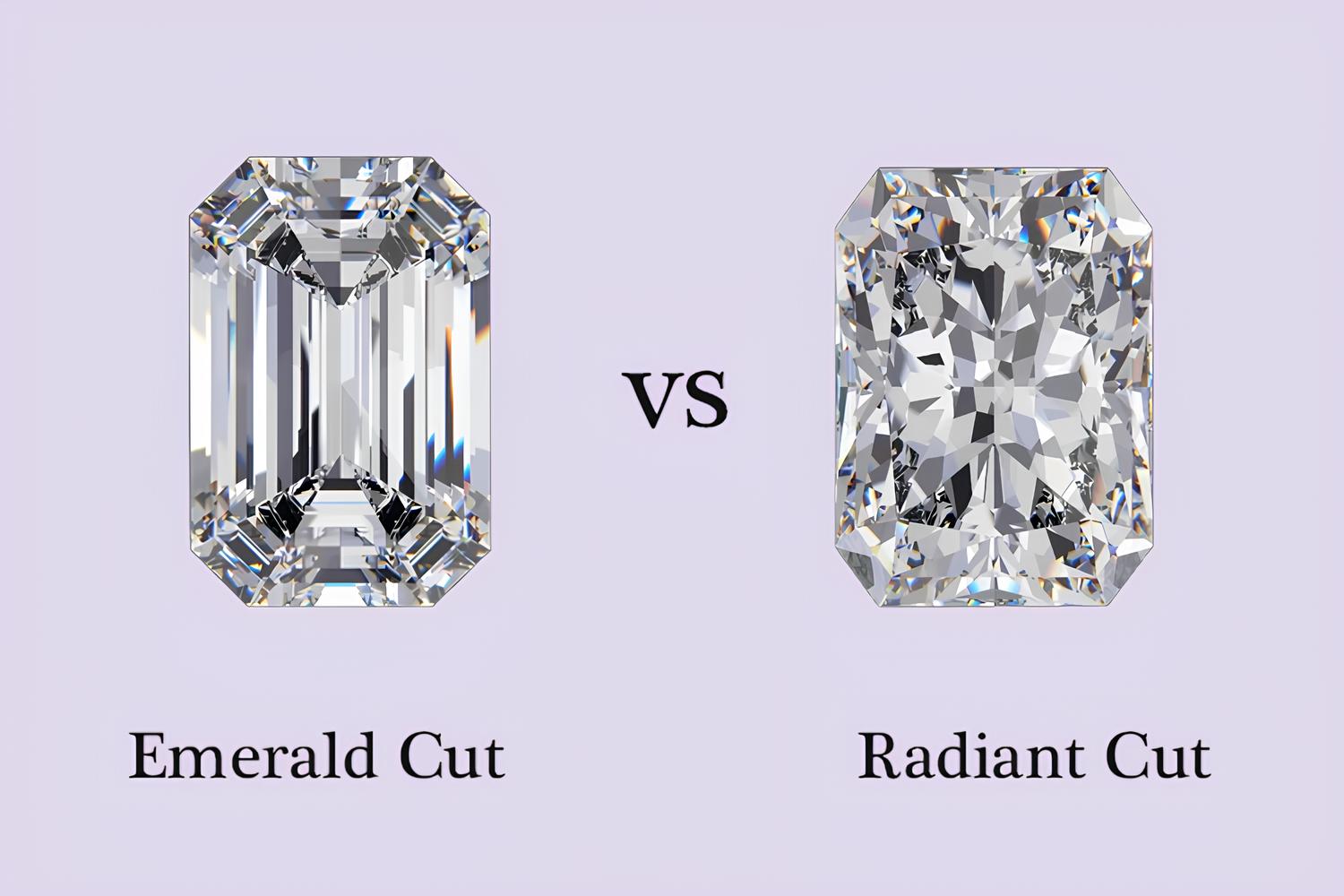
Radiant vs. Emerald Cut: 5 Differences to Know
 16975 / Dec 13, 2023
16975 / Dec 13, 2023The emerald cut uses step-cut facets for a subtle sparkle, while radiant cut uses brilliant-cut facets for a dazzling sparkle, which is their main difference.
Learn More >
